Introduction to Sabudana
Sabudana, also known as sago or tapioca pearls, is a popular ingredient in Indian cuisine, particularly during fasting periods. It is made from the starch extracted from the pith (centre) of the sago palm stems or the cassava plant. Sabudana is commonly used to make various dishes such as khichdi, kheer (pudding), vada, and papad. During fasting in Hindu culture, sabudana is often consumed as it is considered a permissible food item. It is rich in carbohydrates, making it an excellent source of energy. However, it is low in other nutrients like protein and fibre. Sabudana pearls are typically small, round, and white, although sometimes they can be found in other colours like yellow or brown. They are often soaked in water before cooking to soften them, as they are quite hard when dry. After soaking, they become translucent and plump. Sabudana dishes are not only enjoyed during fasting but also as a delicious snack or breakfast option. The versatility of sabudana allows for a wide range of recipes, both sweet and savoury, making it a beloved ingredient in Indian cuisine.
Origin of Sabudana
The origin of sabudana can be traced back to Southeast Asia, where it is believed to have been consumed for centuries. It is derived from the starch extracted from the pith of various palms, including the sago palm (Metroxylon sagu) and the cassava plant (Manihot esculenta). Sago has been a staple food in many parts of Southeast Asia, including Indonesia, Malaysia, and the Philippines, where it has been cultivated for its starchy centre. The process of extracting the starch and turning it into small pearls likely evolved over a while, leading to the creation of sabudana as we know it today. In Indian cuisine, sabudana became popular as a fasting food during Hindu religious observances. Its use during fasting periods likely spread through cultural exchanges and migrations, particularly as Indian communities settled in various parts of Southeast Asia. Over time, sabudana became integrated into Indian culinary traditions, leading to the development of numerous dishes enjoyed across the country. While the exact historical timeline of sabudana’s introduction to India is not well-documented, it is now widely consumed and cherished as a versatile ingredient in Indian cooking, especially during fasting periods and as a part of festive celebrations.
Also Try: INDO-FUSION WRAPS USING CHAPATIS
HEALTH BENEFITS OF SABUDANA
Sabudana offers several health benefits, although it is primarily known for its high carbohydrate content, which provides a quick source of energy. Here are some of the health benefits associated with consuming sabudana:
1. Rich in Carbohydrates: Sabudana is predominantly composed of carbohydrates, which are essential for providing energy to the body. It is especially useful during fasting periods when individuals need sustained energy without consuming regular meals.
2.Gluten-Free: Sabudana is naturally gluten-free, making it suitable for individuals with gluten intolerance or celiac disease.
3.Easily Digestible: Sabudana pearls are easy to digest, making them a gentle option for those with digestive issues or during periods of illness.
4.Low in Fat: Sabudana is low in fat, making it a good choice for those following a low-fat diet or trying to manage their fat intake.
5. Source of Iron: While sabudana is not a particularly rich source of micronutrients, it does contain small amounts of iron, which is important for maintaining healthy blood cells and preventing iron deficiency anaemia.
6. Versatile: Sabudana can be used in a variety of dishes, both sweet and savoury, providing culinary versatility and allowing individuals to incorporate it into their diet in different ways.
7. Rich in Tryptophan: Sabudana contains tryptophan, an essential amino acid that plays a role in serotonin production. Serotonin is a neurotransmitter that regulates mood, appetite, and sleep, so consuming foods rich in tryptophan may contribute to overall well-being.
Also Try: Organic Rice Recipes In Day to Day Cooking
RECIPIES USING SABUDANA
RECIPE 1] Sabudana Khichdi
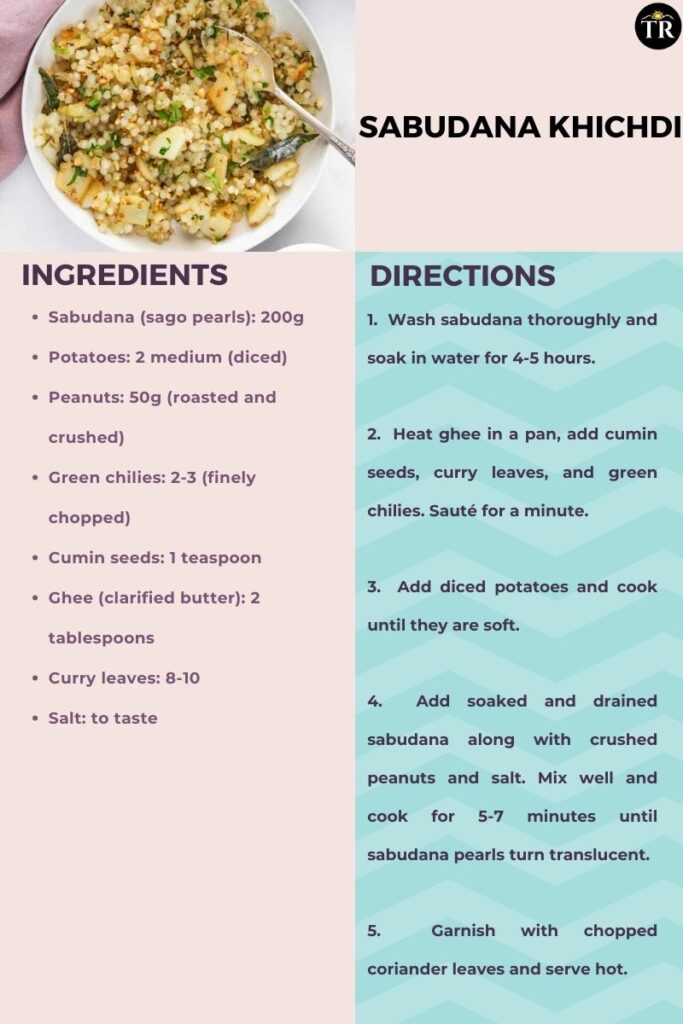
RECIPE 2] Sabudana Kheer (Tapioca Pudding)
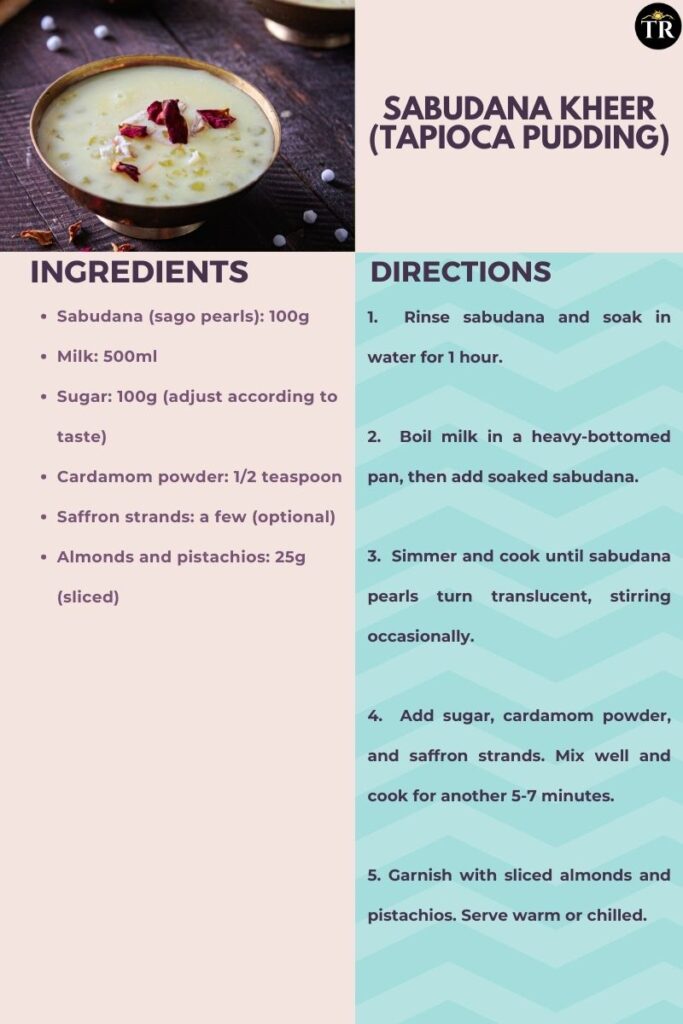
RECIPE 3] Sabudana Vada (Tapioca Fritters)
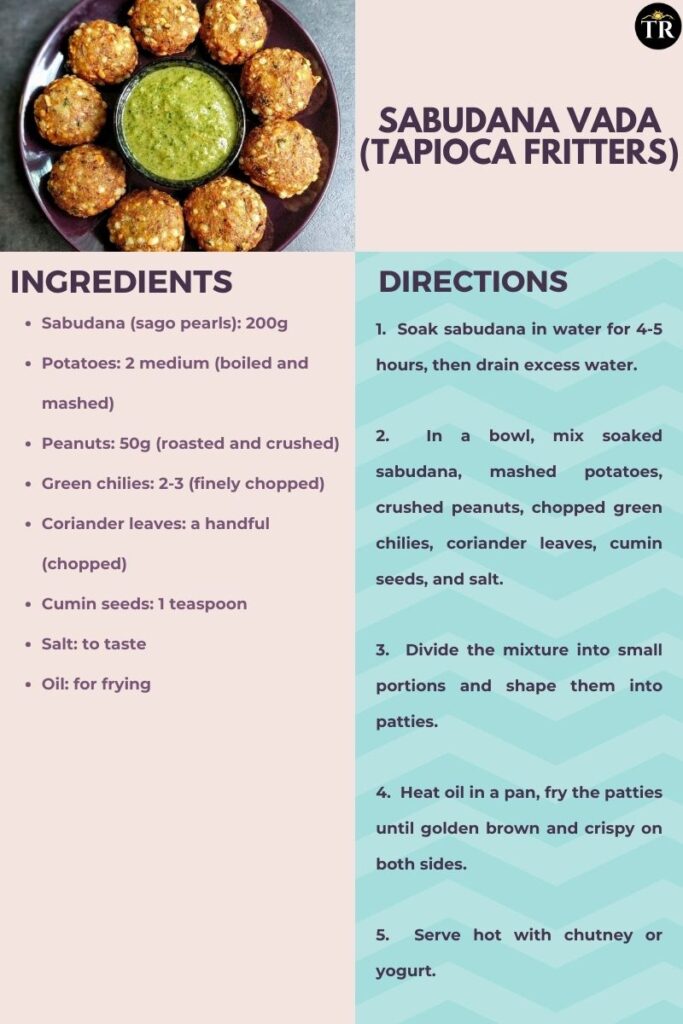
RECIPE 4] Sabudana Thalipeeth (Tapioca Pancakes)
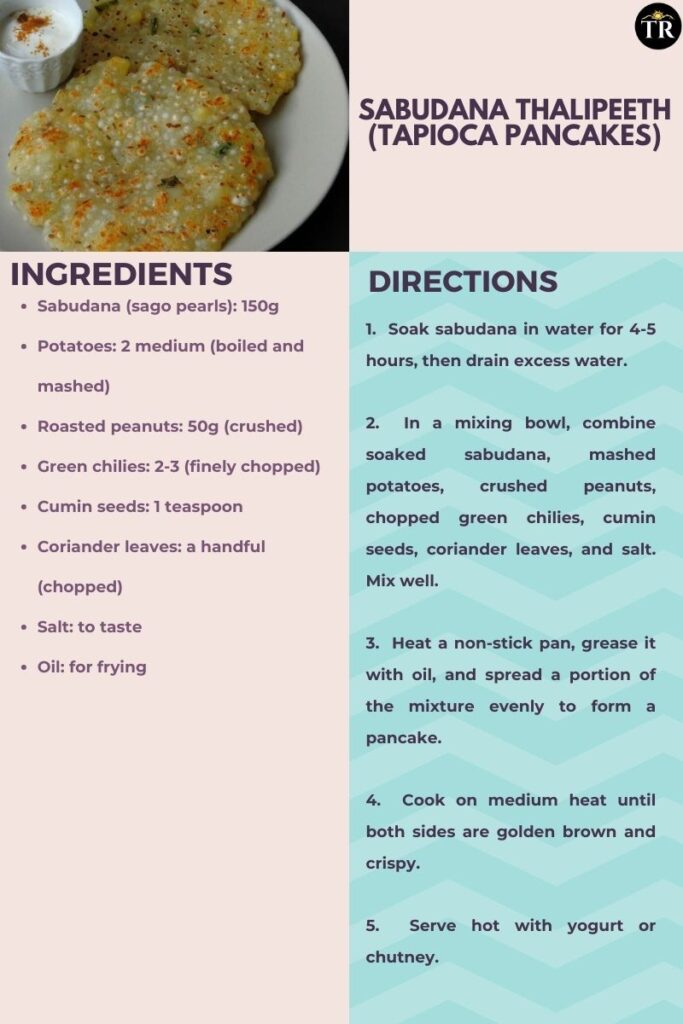
RECIPE 5] Sabudana Papad (Tapioca Wafers)
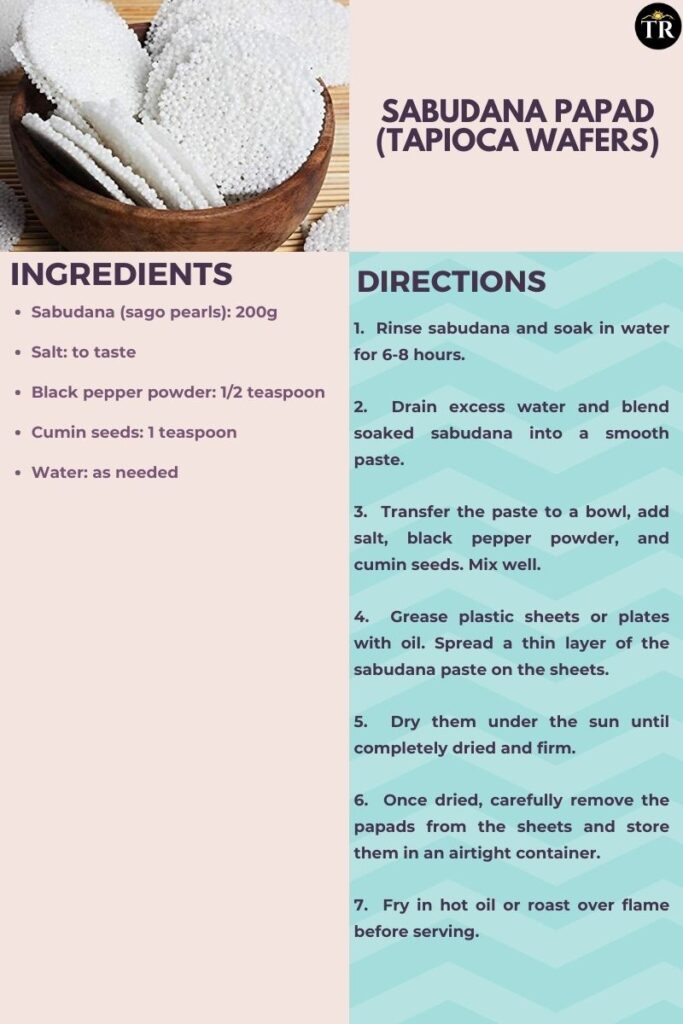
RECIPE 6] Sabudana Bhel (Tapioca Salad)
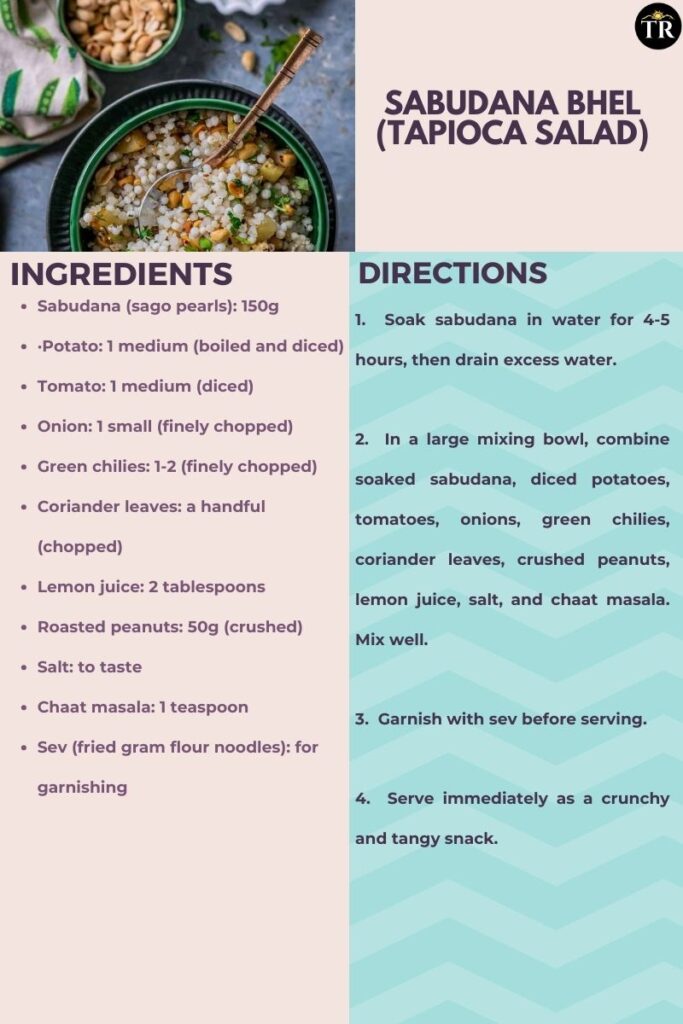
Also Try: LACTOSE FREE DELICACIES
CONCLUSION
In conclusion, sabudana, also known as sago or tapioca pearls, is a versatile ingredient that plays a significant role in Indian cuisine, especially during fasting periods. Originating from Southeast Asia, sabudana has been incorporated into various dishes across cultures and has gained popularity for its unique texture and culinary adaptability. Despite being primarily composed of carbohydrates, sabudana offers several health benefits, including being gluten-free, easily digestible, and a source of energy. It can be used in a multitude of recipes, both sweet and savoury, providing endless possibilities for culinary creativity. From traditional favourites like sabudana khichdi and kheer to innovative dishes like sabudana vada and papad, there are numerous ways to enjoy the delicious flavours and textures of sabudana. Whether you are looking for a comforting meal during fasting periods or a delightful snack to savour any time of the day, sabudana dishes are sure to satisfy your taste buds. With its rich history, nutritional benefits, and versatility in the kitchen, sabudana remains a beloved ingredient cherished by many across the globe. Incorporate sabudana into your cooking repertoire to add a touch of Indian flavour and wholesome goodness to your meals.
Disclaimer: The views expressed in this article are of the author solely. TheRise.co.in neither endorses nor is responsible for them. Reproducing this content without permission is prohibited.
About the author
Dr. Kaviraj Khialani, celebrity master chef is a Mumbai based food and hospitality consultant. He is specialised in over 33 plus international cuisines & is a two times national award winner for his excellence in his field of expertise. Chef Kaviraj has worked with some of the reputed hotel chains & airline companies in India & Overseas. He is a renowned academician, food designer & author- writer on food and culinary features, besides having been featured on Colors Television & Star plus he loves trying global fusion cooking promoting Indian food on an international platter for the diaspora.

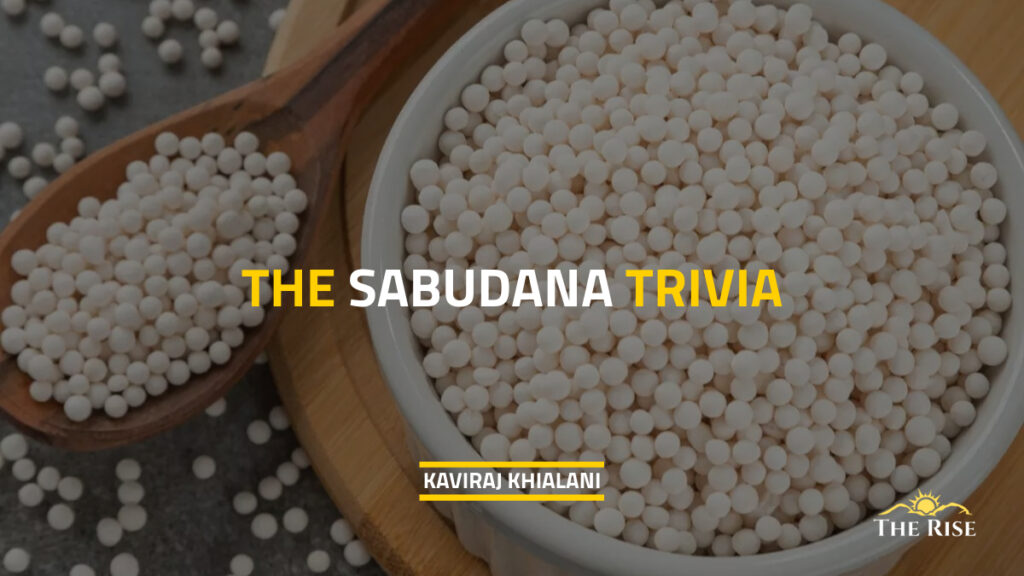







































































































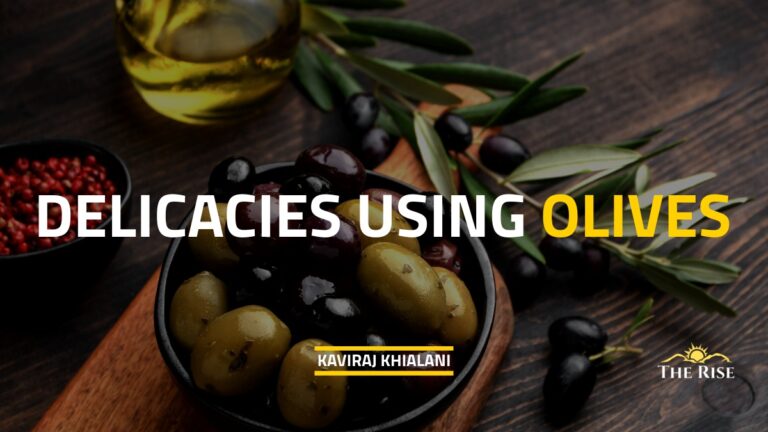

Pingback: CULINARY DELIGHTS USING KASOORI METHI - TheRise.co.in
Pingback: soya-chunks-to-sojourn - TheRise.co.in